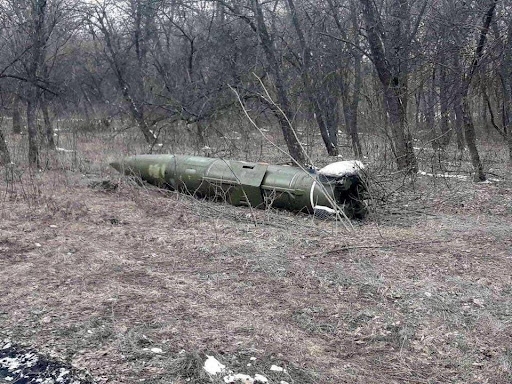

President William Ruto’s recent proclamation establishing a framework to compensate victims of protest-related violence marks a defining moment in Kenya’s governance journey. It acknowledges the pain endured by both citizens and security personnel, and the delicate interplay between constitutional duty, political prudence and the evolving demands of public accountability.
From a purely domestic legal perspective, it is a step toward transitional justice and a measure inevitably shaped by the realities of political governance.
The constitution provides a robust legal foundation for such an initiative. Under Articles 21(3), 22(2)(c), and 23(3), the state bears a clear obligation to provide restitution and appropriate relief for victims of rights violations.
By extending coverage to both civilians and security officers harmed since 2017, the framework reinforces the state’s duty under Articles 26 and 28 to protect life and uphold human dignity, even amidst public unrest.
Kenyan jurisprudence affirms this responsibility. In Mitu-Bell Welfare Society v Attorney General (2021), the courts underscored the duty of the state to compensate those harmed by unlawful state actions.
Statutory support exists in the Victim Protection Act (2014), which assists survivors of violence, and the Public Finance Management Act (2012), whose Section 25 allows for urgent expenditure on matters of public interest. From this legal standpoint, the proclamation is a legitimate exercise of constitutional authority, addressing a gap that has long required state attention.
Despite its constitutional grounding, the framework’s design presents opportunities for refinement. Restricting eligibility to victims since 2017 risks excluding those equally deserving from earlier periods of unrest, raising potential concerns under Article 27’s guarantee of equality before the law. Kenya’s historical justice processes, from the Truth, Justice and Reconciliation Commission to the National Cohesion and Integration Act, demonstrate that a comprehensive approach fosters both fairness and public legitimacy.
Institutionally, placing the framework under direct presidential supervision, while expedient, limits the role of Parliament under Article 94 to create enduring structures for victim redress. Although the Public Finance Management Act allows for emergency allocations, Section 26 provides for parliamentary oversight over substantial public expenditure—an essential safeguard for accountability.
Furthermore, the 120-day operational timeline, though commendable for its urgency, may challenge thorough verification of claims in line with Article 47’s requirement for fair administrative action. Leadership of the process, while symbolically significant, would be better secured through statutory safeguards akin to those protecting the independence of Chapter 15 commissions.
For the framework to deliver lasting justice, it should be institutionalised through three reinforcing pillars. First, Parliament should consider enacting a dedicated victim reparations act to embed the compensation programme in law, shield it from political cycles and ensure bipartisan legitimacy.
Second, expanding coverage to all protest-related victims since the reintroduction of multiparty democracy in 1992 would align with Article 27’s equality principle and fulfil Kenya’s transitional justice commitments. Third, judicial review of disputed or rejected claims, statutory audit by the Auditor General under Article 229, and public disclosure of criteria and disbursement records under the Access to Information Act would foster fairness, accountability and public trust.
The President’s proclamation is firmly grounded in the constitution and addresses a pressing national concern. It signals a willingness to confront the consequences of political unrest and honours the sacrifices and losses of civilians and security personnel. At the same time, its temporal limits and institutional setup present an opportunity to strengthen Kenya’s approach to restorative justice.
In the end, the true measure of this initiative will lie not only in the relief it delivers today but in its ability to establish a fair, transparent and enduring system of redress. By broadening its scope, anchoring it in law and safeguarding it through judicial and legislative oversight, Kenya can transform a time-bound proclamation into a permanent pillar of justice and reconciliation. A Kenya that addresses the wounds of the past with openness and constitutional fidelity is a Kenya that strengthens its democracy for generations to come.
Strategic advisor and expert in leadership and governance












